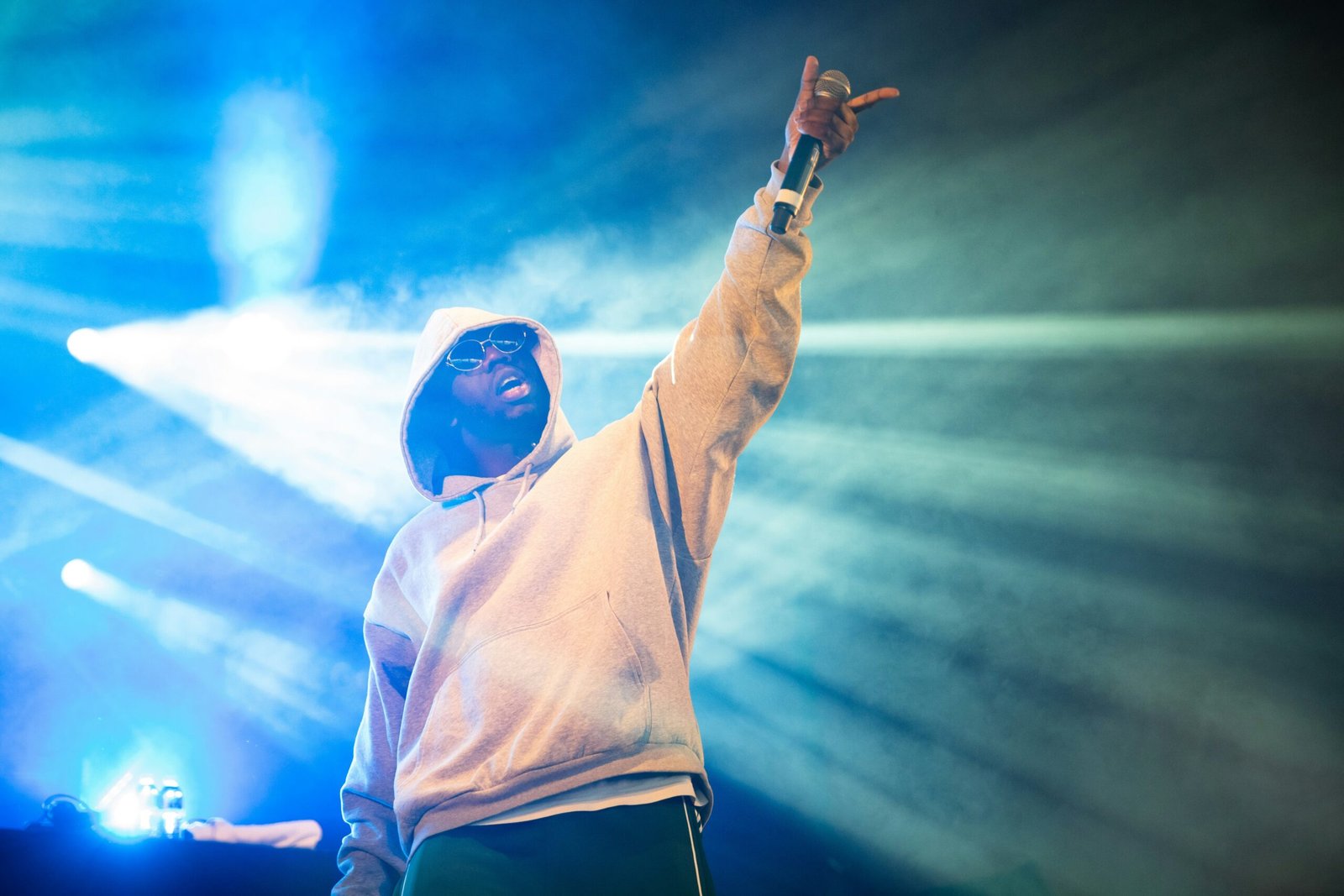Rap music, also known as hip-hop music, has become a global phenomenon since its origins in the 1970s. With its unique blend of rhythm, poetry, and storytelling, rap has not only shaped the music industry but also influenced culture, fashion, and social movements. In this blog post, we will explore the evolution and impact of rap music.
The Origins of Rap
Rap music originated in the African American communities of the Bronx, New York City, during the 1970s. It emerged as a form of expression for young people who felt marginalized and wanted to voice their experiences. DJs would mix beats and rhythms using turntables, while MCs (Master of Ceremonies) would rap over the music, delivering rhymes and lyrics.
One of the pioneers of rap music was DJ Kool Herc, who is credited with developing the “breakbeat” technique. This involved isolating and repeating the instrumental sections of a song, creating a loop that dancers could groove to. The energetic and rhythmic nature of rap music quickly gained popularity in local communities.
The Rise of Rap as a Genre
In the 1980s, rap music started to gain mainstream recognition and became a distinct genre within the music industry. Artists like Run-DMC, Grandmaster Flash and the Furious Five, and LL Cool J brought rap to a wider audience with their catchy beats and powerful lyrics.
Rap music became a platform for addressing social and political issues, giving a voice to the marginalized and oppressed. Artists like Public Enemy and N.W.A used their music to shed light on the realities of inner-city life, racial inequality, and police brutality. Rap became a powerful tool for activism and social commentary.
The Golden Age of Rap
The 1990s is often referred to as the “Golden Age” of rap music. During this time, rap artists achieved commercial success while maintaining their artistic integrity. Acts like Tupac Shakur, The Notorious B.I.G., and Wu-Tang Clan dominated the charts with their innovative sounds and thought-provoking lyrics.
Rap music expanded its reach globally, with artists from different regions and backgrounds incorporating their unique styles and cultural influences. This period saw the emergence of sub-genres like gangsta rap, conscious rap, and alternative rap, each with its own distinct characteristics and themes.
Rap Music in the 21st Century
In the 21st century, rap music has continued to evolve and adapt to changing trends and technologies. Artists like Kanye West, Kendrick Lamar, and Drake have pushed the boundaries of rap music, experimenting with different sounds and incorporating elements of other genres.
The internet and social media have played a significant role in the distribution and promotion of rap music. Platforms like SoundCloud and YouTube have allowed emerging artists to share their music directly with audiences, bypassing traditional record labels. This has led to the rise of independent rap artists and a democratization of the industry.
The Impact of Rap Music
Rap music has had a profound impact on popular culture and society. It has influenced fashion trends, with artists like Jay-Z and Kanye West becoming style icons. Rap lyrics have also sparked debates and discussions on topics such as misogyny, violence, and materialism.
Rap music has provided a platform for underrepresented voices and has given a voice to the marginalized. It has been a source of empowerment and inspiration for many individuals, particularly those from disadvantaged backgrounds. Rap has also been used as a tool for education, with educators incorporating rap lyrics into their lesson plans to engage students.
In Conclusion
Rap music, with its origins in the Bronx in the 1970s, has evolved into a global cultural force. It has not only shaped the music industry but has also influenced fashion, social movements, and popular culture. Rap music continues to evolve and adapt, reflecting the ever-changing landscape of society. Its impact on society cannot be underestimated, as it has provided a platform for marginalized voices and sparked important conversations.
